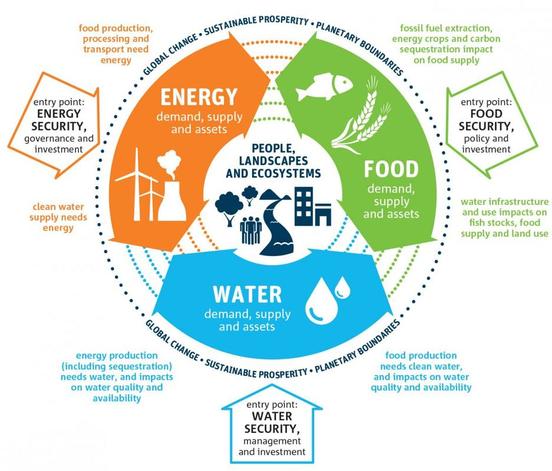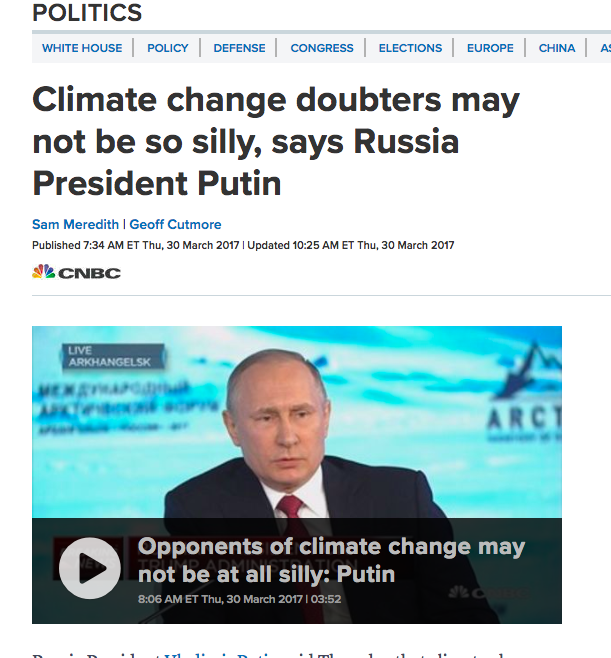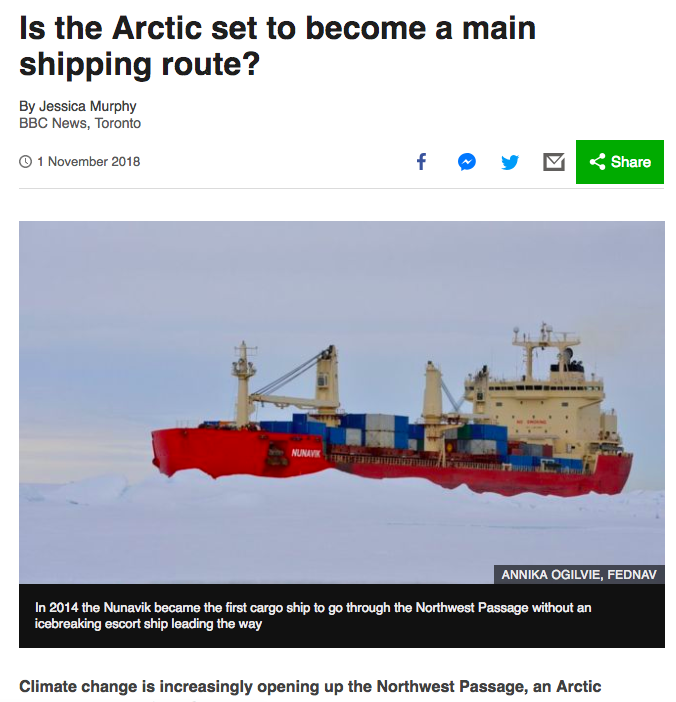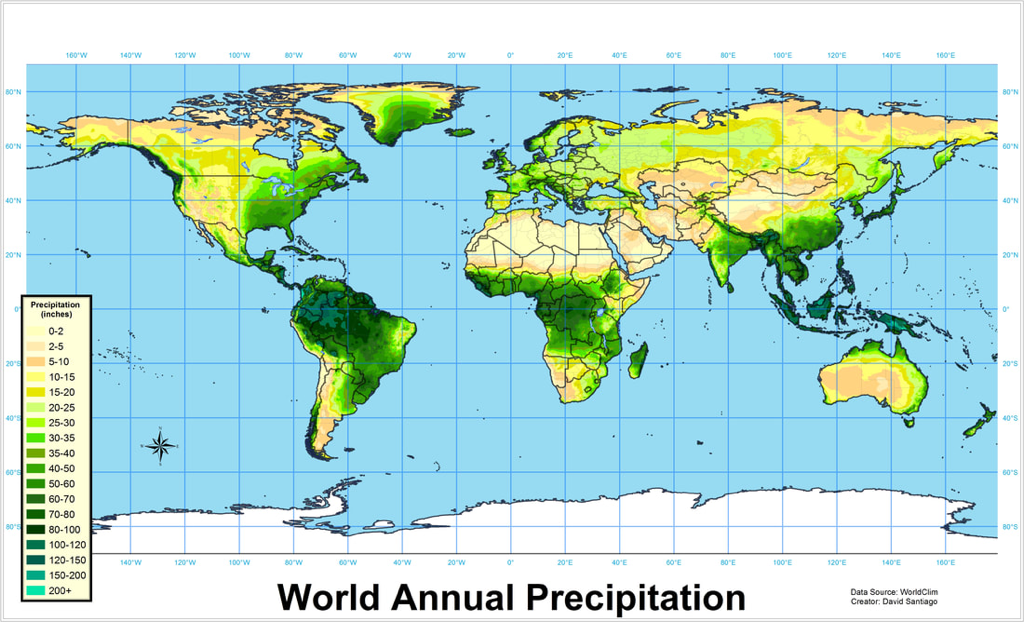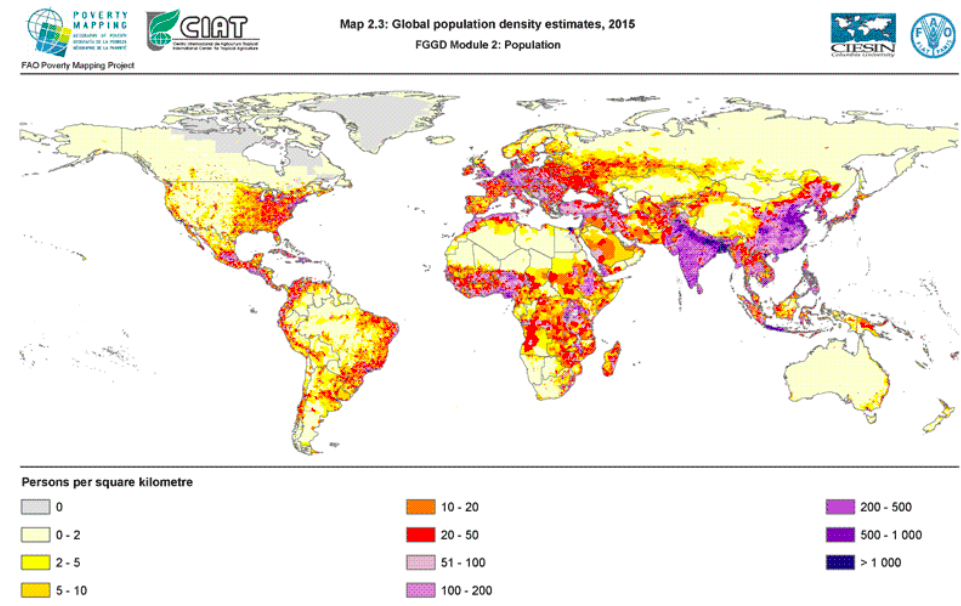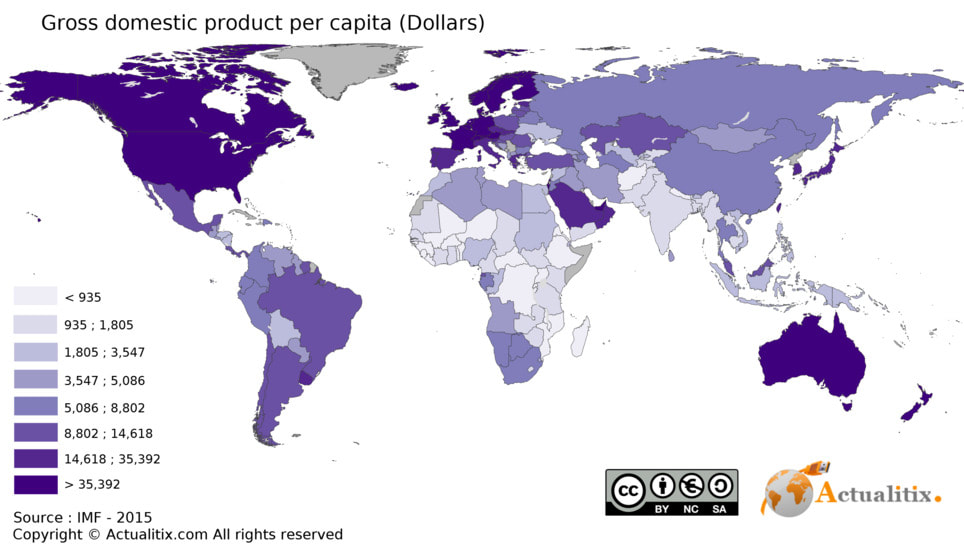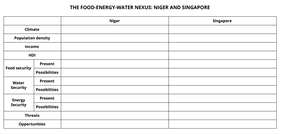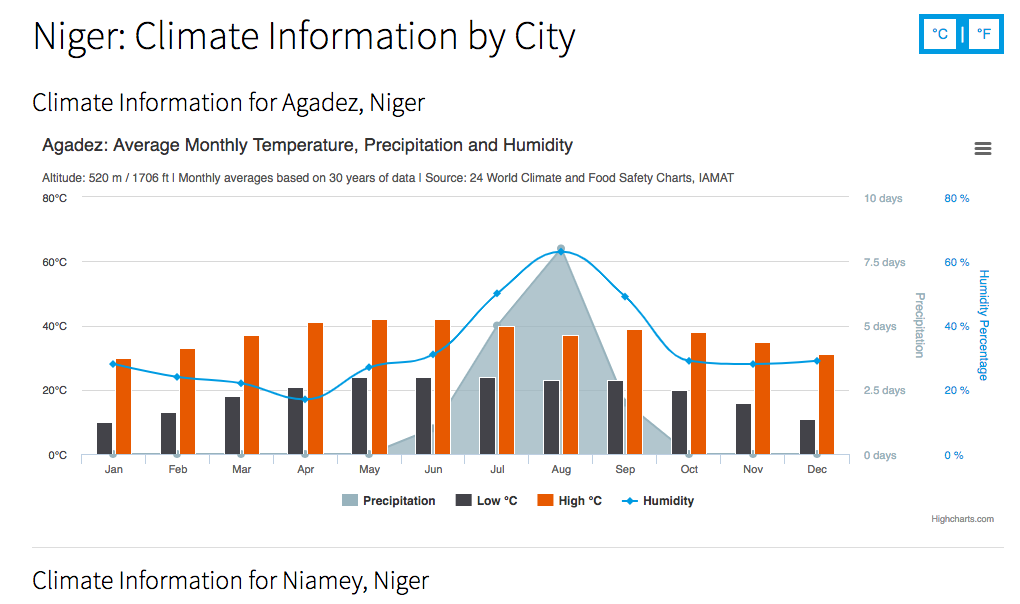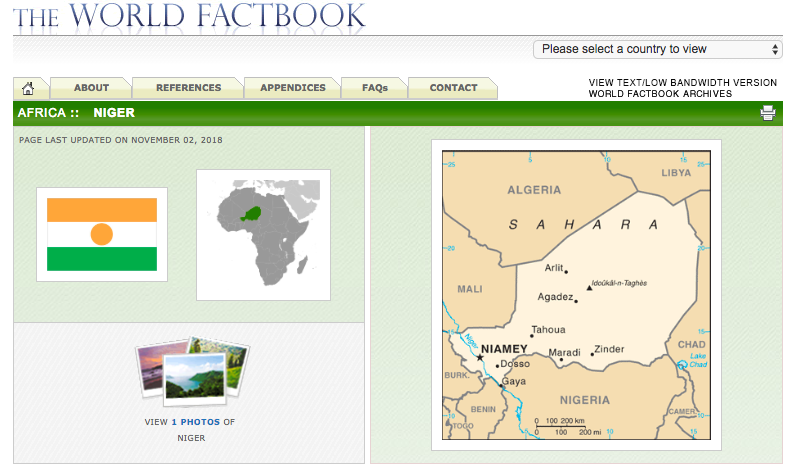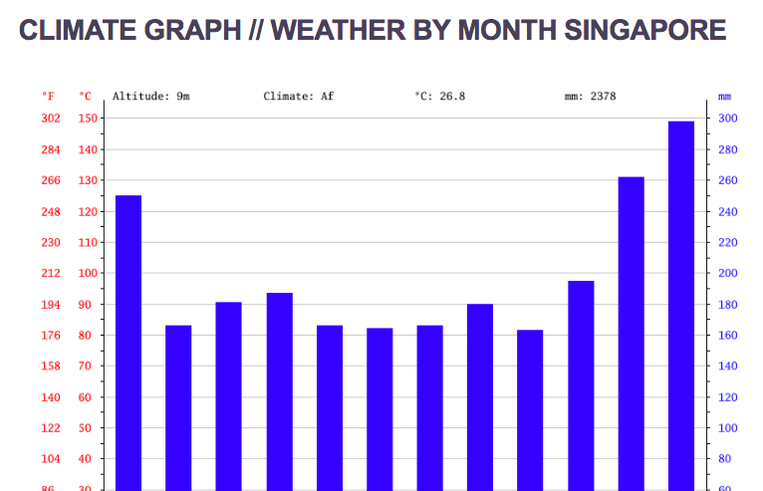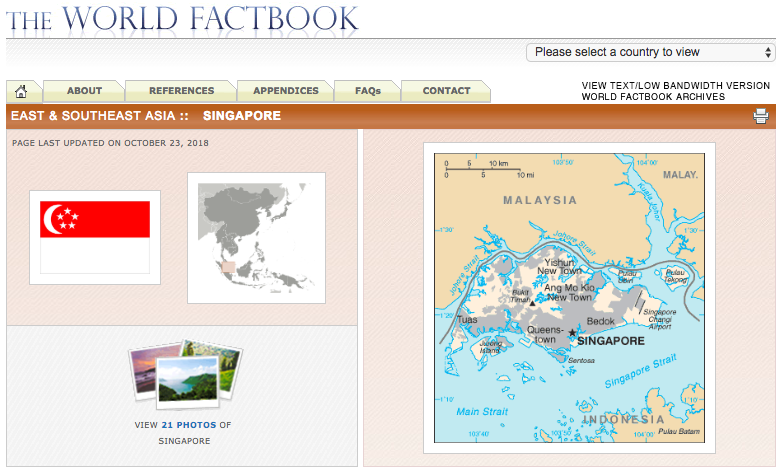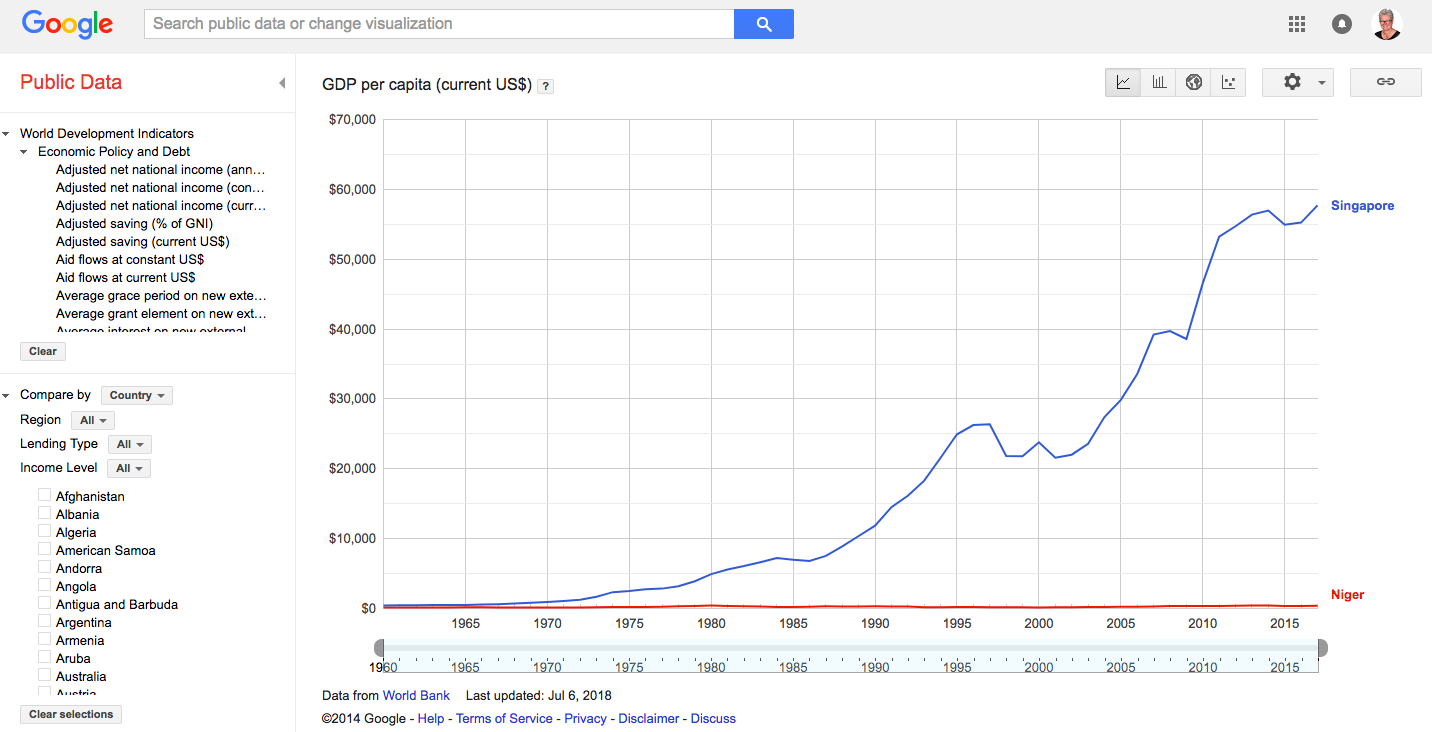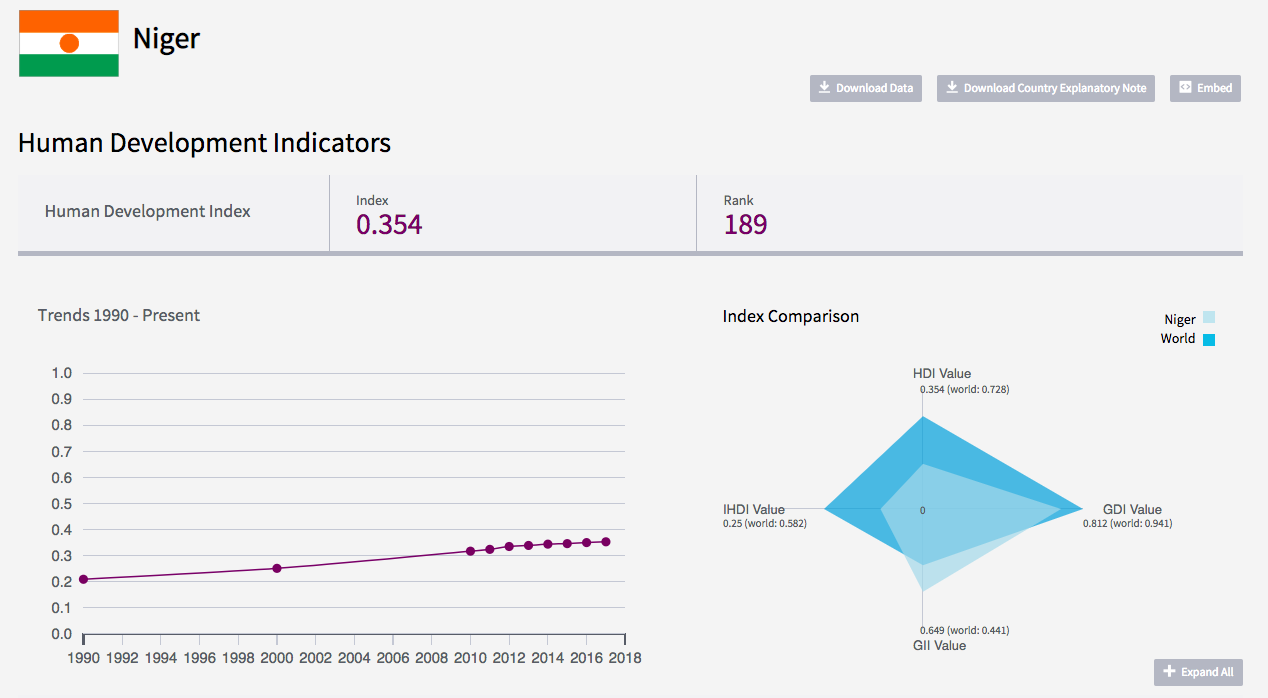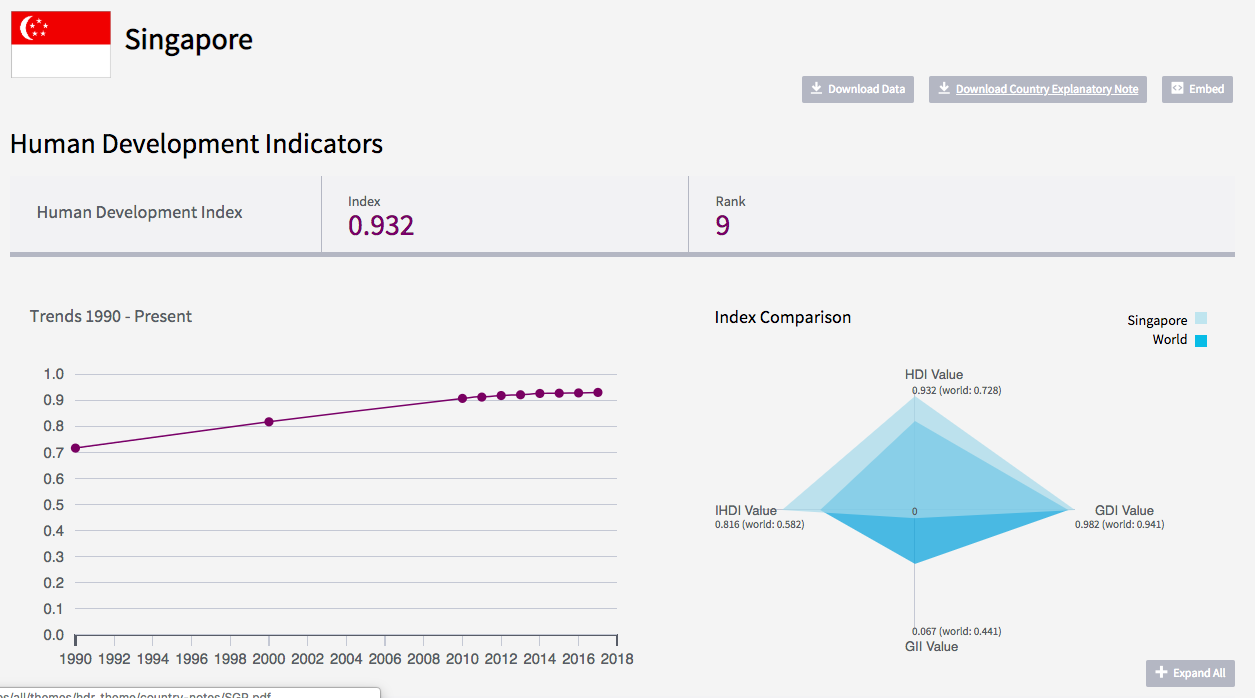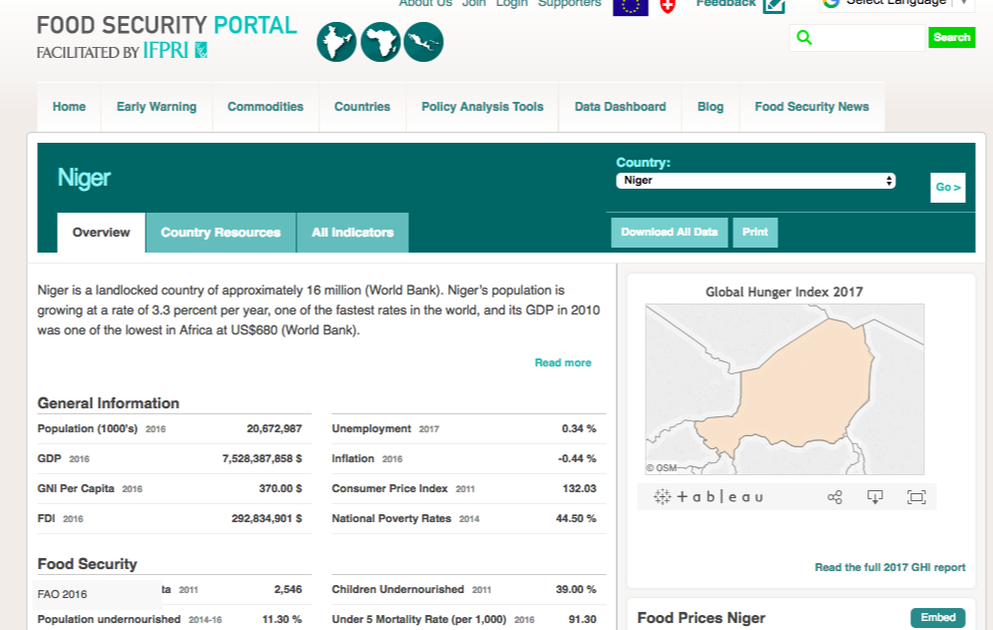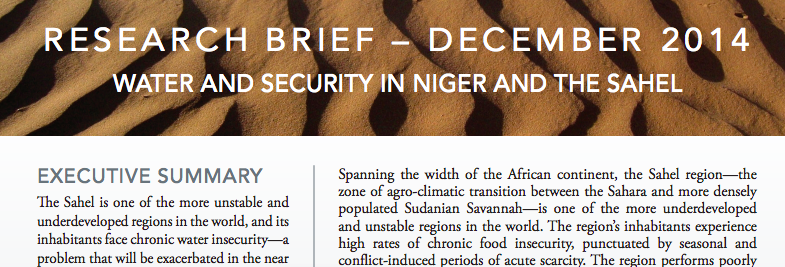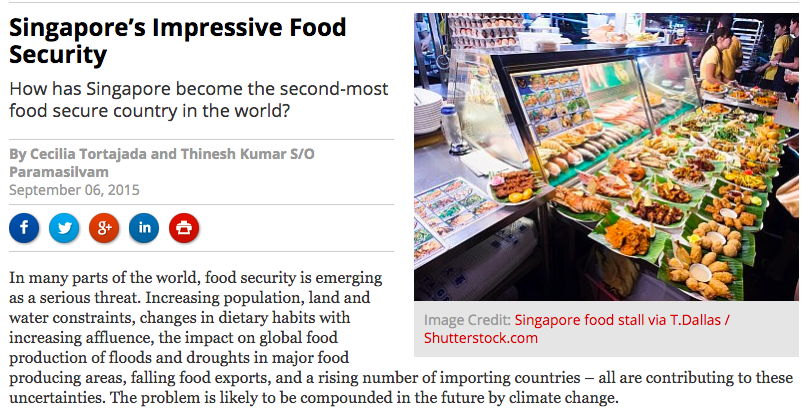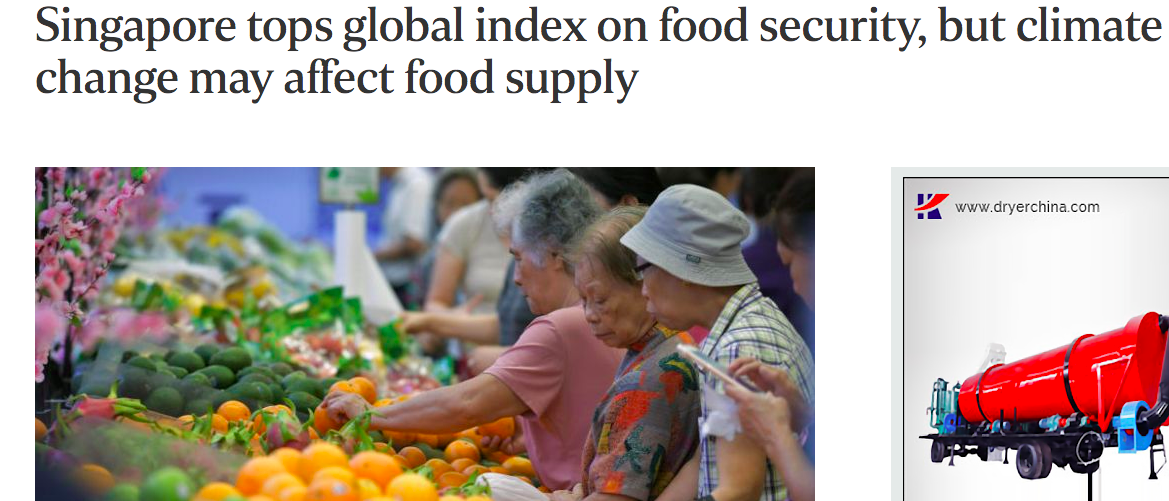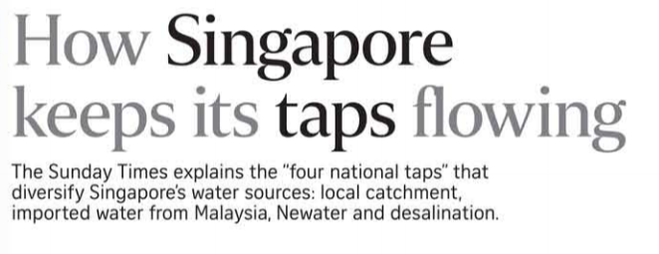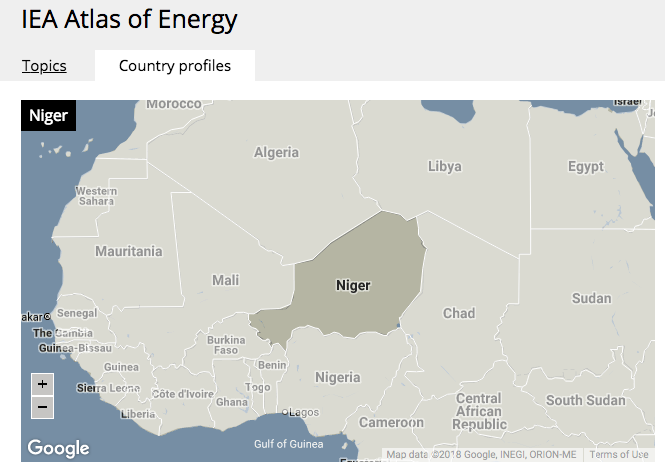-
MYP
- Home
-
IGCSE
- Course information
-
Physical: Hazardous environments
>
- Distribution of tectonic hazards
- Causes of tsunami
- Measuring earthquakes
- Earthquake case study 1: Haiti
- Earthquake case study 2: Christchurch
- Why do earthquakes do more damage in LICs than in HICs?
- How are volcanic eruptions measured?
- Tropical storms - distribution
- Causes of tropical cyclones
- Tropical cyclones - case study
- Why live in hazardous areas?
-
River Environments
>
- Hydrological cycle
- River basins
- Factors affecting river regimes
- Fluvial processes: erosion
- Fluvial processes: weathering and mass movement
- Fluvial processes: transportation and depositon
- River features and their formation
- How rivers change from source to mouth
- Uses of water
- Water pollution
- Water supply
-
IBDP
-
Changing population
>
- Global patterns of economic development
- Physical and human factors affecting global population distribution
- Case study 1: China
- Case study 2: Niger
- Demographic transition
- Megacity growth
- Forced migration and internal displacement
- Ageing populations
- Pro-natalist and anti-natalist policies
- Gender equality policies
- Trafficking policies
- The Demographic Dividend
-
Global climate vulnerability and resilience
>
- Atmospheric system
- The energy balance
- Changes in the energy balance
- The enhanced greenhouse effect
- Climate Change and the Hydrosphere, Atmosphere and Biosphere
- Impacts of climate change on people and places
- Disparities in exposure to climate change risk and vulnerability
- Government-led adaptation and mitigation strategies
- Civil society and corporate strategies
-
Global resource consumption and security
>
- Progress towards poverty reduction
- Measuring trends in global consumption
- Global patterns and trends in the availability and consumption of water
- Global patterns and trends in the availability and consumption of land/food
- Global patterns and trends in the availability and consumption of energy
- Water food and energy nexus
- Recycling and waste
- Malthus vs Boserup
- Resource Stewardship strategies
- Sustainable Development Goals
-
Freshwater - drainage basins
>
- The drainage basin as a system
- How rivers change from source to mouth
- River discharge
- River processes
- River landforms
- Factors affecting flood risk
- Attempts at flood prediction
- Flood mitigation
- Flood mitigation case studies
- Water scarcity
- Agricultural activities and water quality
- Pressures on lakes and aquifers
- Internationally shared water and conflict
- Water management: participation of local communities
- Dams as multi-purpose schemes
- Water management: Integrated Drainage Basin Management (IDBM)
- Managing wetlands
-
Leisure, Sport and Tourism
>
- Growth and purpose of leisure time
- Categories of tourism and sport
- Economic development and participation
- Factors affecting personal participation
- Factors affecting growth of tourism hotspots
- Spheres of influencee
- Factors affecting a national sports league
- Festivals
- Niche national tourism strategies
- Role of TNCs
- Tourism as a national development strategy
- International sporting events
- Consequences of unsustainable growth
- Sustainable tourism
- Future international tourism
- Political and cultural influences on sport
- Extended Essay in Geography >
- Skills/concepts >
-
Changing population
>
- Geography and ToK
- Theory of Knowledge
Subject Guide
The water–food–energy “nexus” and how its complex interactions affect:
Detailed examples of two countries with contrasting levels of resource security.
- national water security, including access to safe water
- national food security, including food availability
- national energy security, including energy pathways and geopolitical issues
Detailed examples of two countries with contrasting levels of resource security.
What is the Water-Food-Energy Nexus?
Use your notes/record of the "hexagon" task, student textbook pp274-280 and the United Nations website here to answer the questions on P280 of the student textbook.
|
|
Carefully watch the two videos. Note the names of the speakers and the key points they make. |
What are the implications of Climate Change on the Water-Food-Energy nexus?
|
Use your own copy of the diagram below to create a "mind map" on A3 paper which adds the potential impacts of climate change on the nexus. You should refer to the Core unit on Climate change as well as to the student textbook in order to do this. Think carefully about how you will show the following:
Additional material and case study - Sahel Use Study Guide p95 onwards 1. Explain why the Sahel is vulnerable to future climate change and water supply - use a sketch map to help. 2. What is the FAO and why are they concerned? 3. List 5 items from Figure 320 on page 96. Choose items that we have not already discussed. 4. Why might Chinese power companies be worried? 5. Explain why Putin and Trump may be pleased with climate change. Also look at the article from the BBC – could this influence any parts of the nexus? |
Case Studies: Detailed examples of two countries with contrasting levels of resource security.
For this task, we will compare Niger and Singapore and their contrasting levels of food, energy and water security.
|
|
|
Income level
|
Income level
|
|
HDI |
HDI |
|
ENERGY SECURITY
|
ENERGY SECURITY
|
